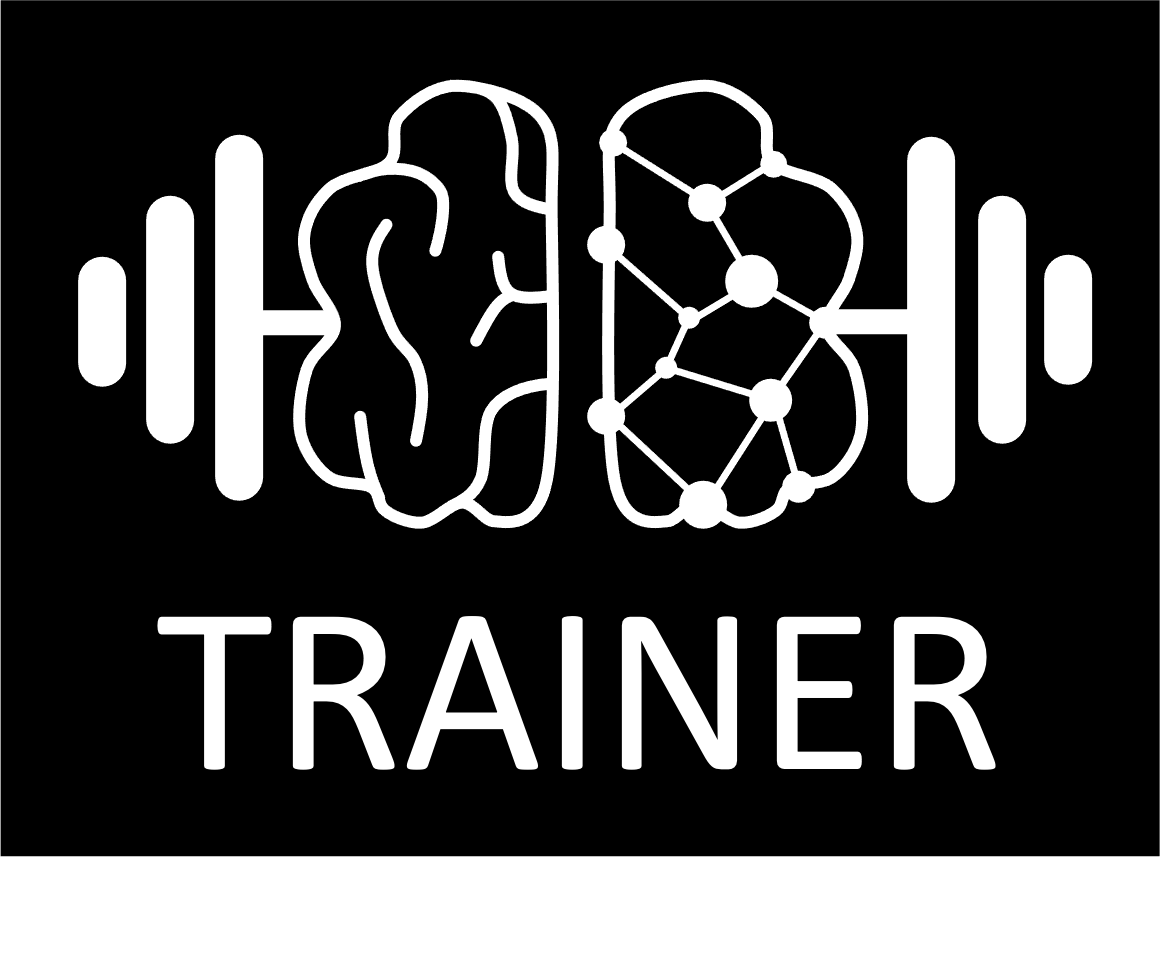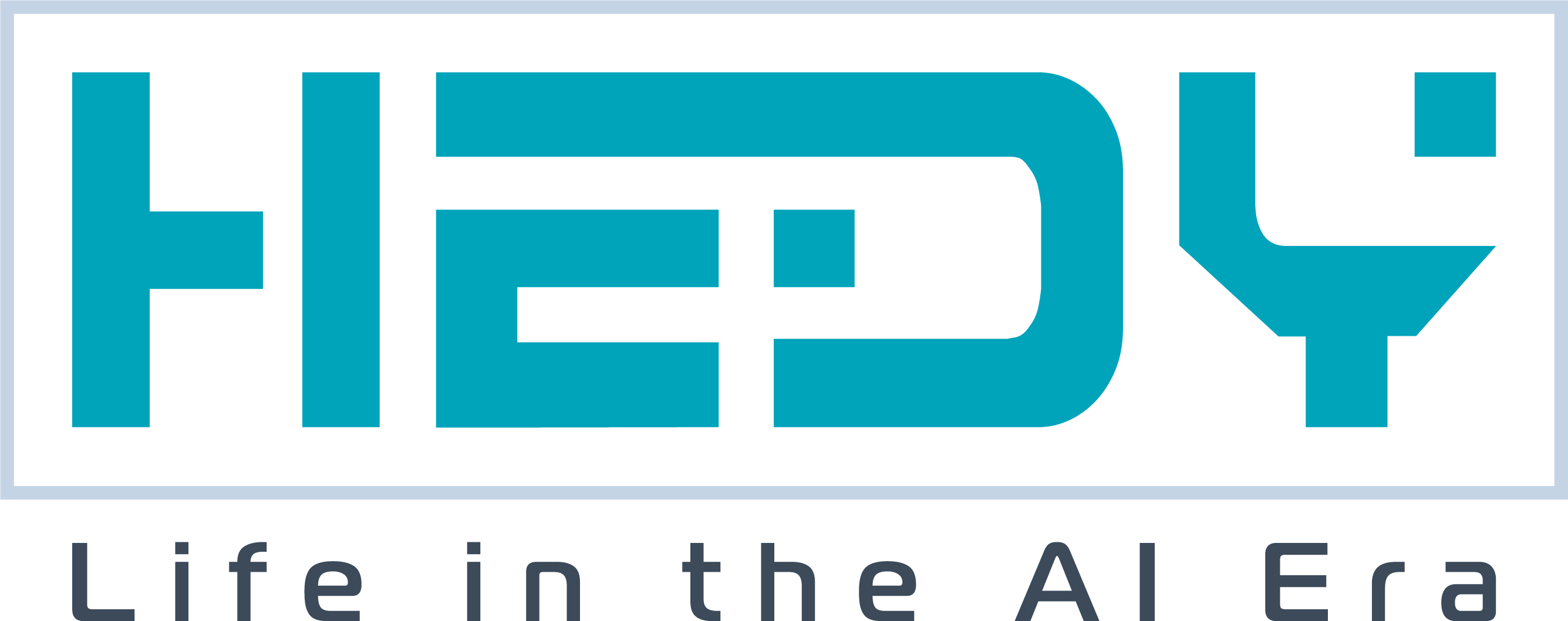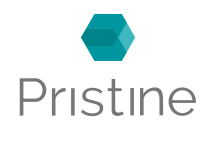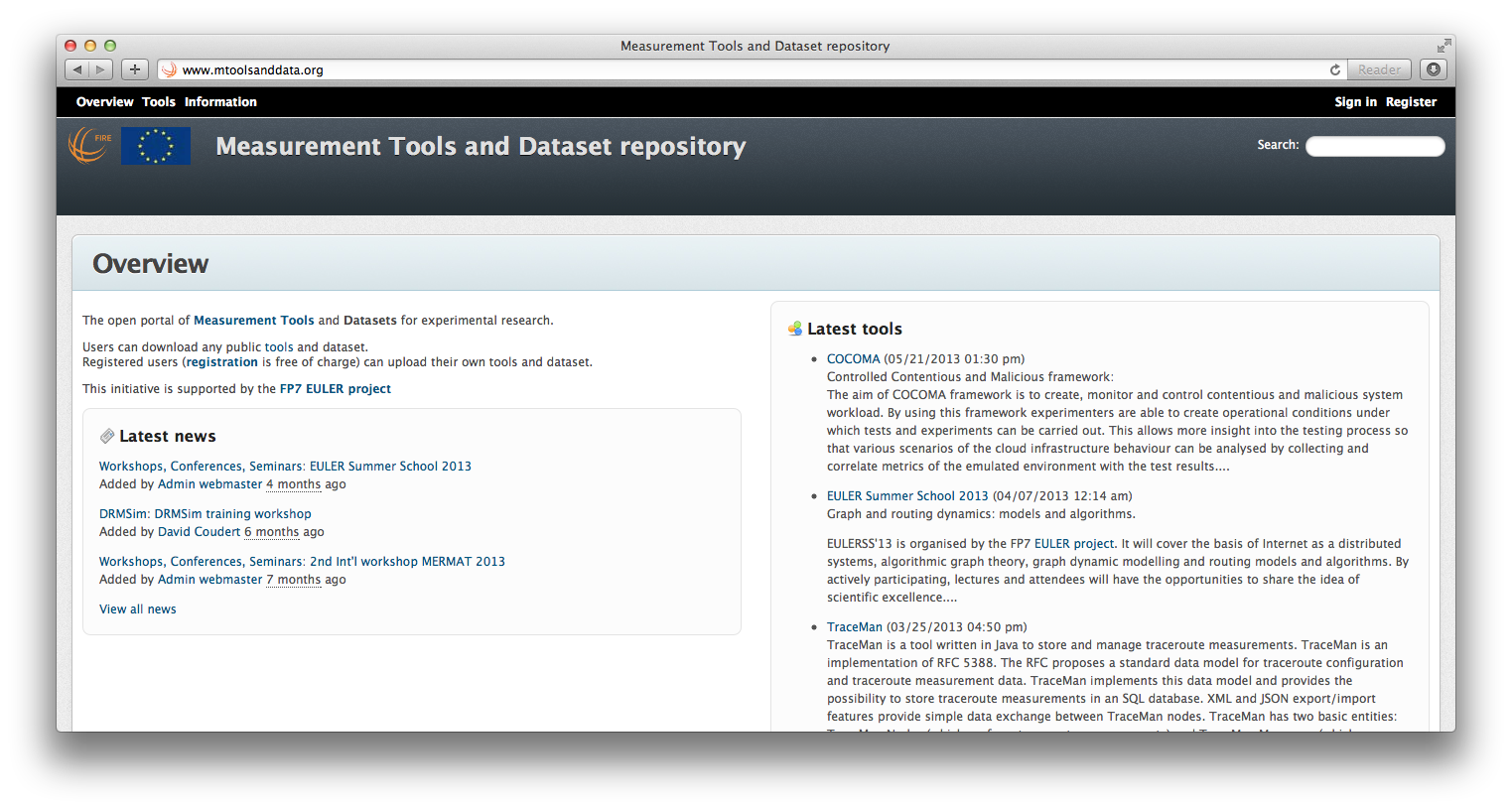 Towards a smart and efficiency telecom infrastructure meeting current and future industry needs
Towards a smart and efficiency telecom infrastructure meeting current and future industry needs
January 2022 – December 2024
TSI-063000-2021-145, TSI-063000-2021-148, TSI-063000-2021-149
Identifying Industry 4.0 as a key vertical, TIMING targets to design a solution to enable e2e reliable TSN services supported by operators’ infrastructures that are currently carrying on a best effort basis. TIMING consists of three subprojects: SP-1, SP-2, and SP-3.
TIMING-SP1 will analyze TSN support in the Ethernet and Wi-Fi segments and identify the enhancements to be made for supporting the sub-millisecond latency for TSN systems. Scheduling solutions to support these enhancements will be devised. In addition, solutions to automate the deployment of e2e TSN services with assured performance will be designed. Such service automation relies on a control plane, which will include a TSN controller able to control and monitor Ethernet and Wi-Fi TSN nodes, a TSN Connectivity Manager to provide e2e connectivity across TSN and non-TSN segments, and a QoS estimation tool that includes accurate TSN traffic models. Finally, TIMING SP-1 will maximize impact by influencing major vendors and service providers on the adoption of the developed principles through communication, dissemination, and standardization activities, while exploiting the results and knowledge obtained, and contributing to the digital transition of the industry and the green deal.
TIMING SP-2 will develop solutions to support TSN in the Ethernet and Wi-Fi segments ensuring the sub-millisecond latency. Scheduling solutions to support these enhancements will be developed and assessed. In addition, solutions to automate the deployment of e2e TSN services with assured performance will be developed and assessed. Such service automation relies on a control plane, which will include a TSN controller able to control and monitor Ethernet and Wi-Fi TSN nodes, a TSN Connectivity Manager to provide e2e connectivity across TSN and non-TSN segments, and a QoS estimation tool that includes accurate TSN traffic models. In TIMING SP-2 the different components will be integrated and to build to validate the whole architecture.
TIMING SP-3 will build PoC demonstrators validating the whole TIMING architecture. The POC will demonstrate: (1) at the modeling level, a tool that evaluates the performance of the new TSN service to be deployed and the impact on the existing services (TSN and/or BE traffic); (2) at the control plane, the capability to deploy reliable e2e TSN services with committed performance in terms of e2e delay; and (3) at the infrastructure level, the capability to transport TSN traffic between two TSN domains: one with Automated Guided Vehicles (AGVs) emulating a factory, and the other with the AGV’s controller, which requires bounded latency communications with the AVs; other services for loading the system will be also included.
 Towards fully AI-empowered networks
Towards fully AI-empowered networks
 Intelligent Data Science and Artificial Intelligence (IDEAI) research group
Intelligent Data Science and Artificial Intelligence (IDEAI) research group Architecting a knowledge-defined 5G-enabled
Architecting a knowledge-defined 5G-enabled Experimenting with real application-specific
Experimenting with real application-specific

